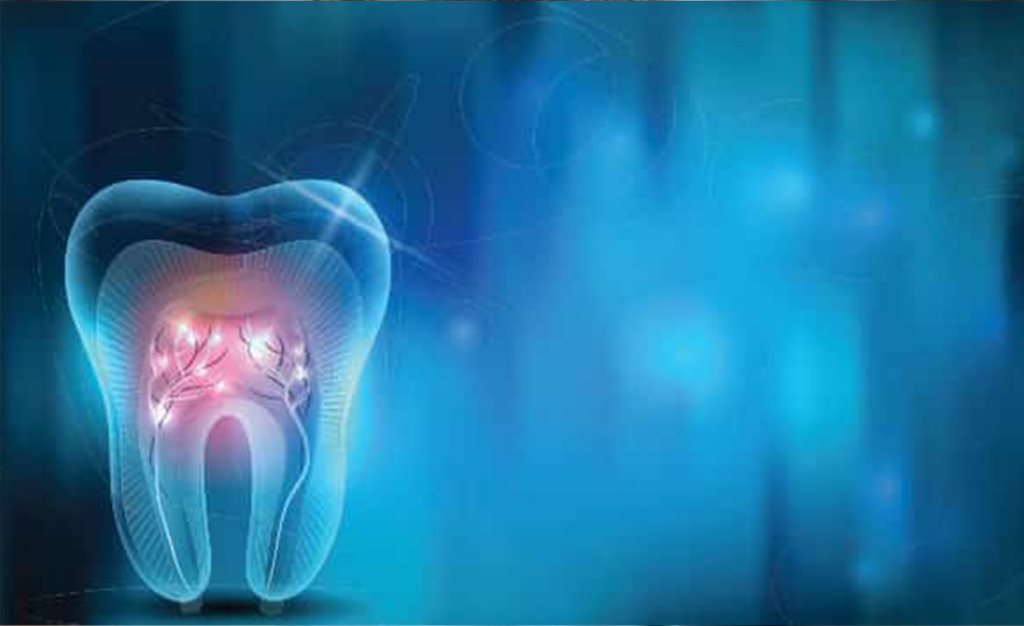There is something comforting about Thanksgiving – the gift of family, friends, and a nice heartwarming meal together laden with classic Thanksgiving staple dishes – whole turkey roast, bread stuffing, marshmallow sweet potatoes or yam casserole and gravy, cranberry sauce, an apple, pumpkin or pecan pie, and mulled cider.
It’s good to count our blessings and celebrate life with loved ones at the end of a pandemic year. We all deserve the indulgence, warmth, and joy this Thanksgiving.
However, we must extend the same kindness to our teeth and gums, which can take a beating during the festive season.
In this article, we share simple and easy tips, so you don’t have to worry about the health of your teeth and gums this Thanksgiving day and after.
- Reduce the sugar intake
Thanksgiving meals are notorious for their high sugar content. Be it pecan pie or cranberry sauce. However, if you avoid or reduce the extra sugar in these dishes, it will have the opposite effect which will benefit your teeth.
For example, sweet potatoes are loaded with Vitamin A and C, which helps keep a hard enamel and healthy gums. When it is topped with whipped cream and marshmallows, it can create an environment for bacteria to cause teeth decay and cavities.
According to the California Dental Association, an effective solution is to skip, limit, or swap sugar with substitutes like xylitol and erythritol, which do not cause teeth decay. Practice portion control when having sugary meals and desserts. Follow it by rinsing your mouth with water to wash away the sugar and food particles and prevent it from sticking to your teeth and gums.
Making smart choices like making the sauce with fresh cranberries instead of the canned variety helps cut the sugar content drastically. Also, the flavonoids in fresh cranberries help prevent the buildup of plaque and destroy the harmful bacteria in your mouth.
- Be on the watch for starchy foods
Starchy foods are the silent killers of your teeth. They don’t seem harmful at the outset, but starch converts into sugar, which then feeds the bacteria in your mouth. Foods like breaded stuffing, mashed potato, potato chips, cornbread, and dinner rolls are common culprits, and this problem can be resolved by pairing it with fiber and protein foods.
- Have a nutritious and balanced Thanksgiving meal
Thanksgiving meals are not all bad. There is a wide range of healthy food options to choose from – leafy greens loaded with calcium, fruits, and veggies loaded with different kinds of vitamins and minerals which are good for your teeth and gums, raw carrots which make natural teeth cleansers, turkey which is high in phosphorus and aids in teeth development.
The time is taken for chewing healthy food aids in saliva production, and it helps to clean, fight bacteria, and keep your mouth healthy. Also, some foods like the fibrous strands in celery or hard vegetables like raw carrots help clean the particles stuck between teeth.
Aim to have an array of rainbow-colored food on your plate. The safest and healthiest choices are turkey, vegetables, and fruits. Go easy on the sweets, bread, marshmallows, and gooey syrups, and binge on the Brussel sprouts, turkey, carrots, sweet potatoes, snap peas, pumpkins, and apples.
- Snack wisely
It’s not just the Thanksgiving meal that could damage your teeth, but also the snacks you have during the day. Instead of sugary cookies and candies, opt for nuts, dried fruits, and cheese to maintain healthy teeth and gums.
Cheese contains calcium and protein, which strengthens teeth and prevents cavities by balancing your mouth’s PH levels. But be wary of melted cheese, which can get stuck between teeth and difficult to clean.
Assorted nuts are another great snack option as it strengthens your teeth. The chewing of the nuts helps in saliva production, which washes away the harmful bacteria and prevents tooth decay.
- Avoid teeth stains
Brightly colored foods and beverages are nutritious, but on the downside, they can stain your teeth as well. The acidic content in drinks such as coffee, wine, cranberry juice, or sauce can erode the enamel and stain it. Go easy on the blueberry or cherry pies!
One solution to lessen the impact is to limit the intake of such food, have it alongside non-acidic foods and water, and schedule a post-Thanksgiving dentist checkup.
- Set a fixed mealtime
Setting a fixed Thanksgiving time and giving it priority over snack time is a smart move. Thanksgiving often finds people grazing all day on snacks. This is not just bad news for your waistline, but also your teeth. So, make a conscious effort to save your appetite for the main meal, and limit snacks during the day at fixed intervals. Ensure there are other non-eating related activities to keep you and the crowd engaged during the day.
- Guard your mouth
Use relevant tools like a bottle opener or nutcracker instead of using your mouth to open bottles and crack nuts. You need to be extra cautious if you have braces. Even hard popcorn kernels can break your teeth or braces if you’re not careful. Holidays are a time when teeth accidents and cracked teeth are common occurrences.
- Chew sugar-free gum
Having sugar-free gum helps when there is no access to floss or brush your teeth during the party in someone else’s home. Chewing sugar-free gum right after a meal helps clear your mouth from food particles and produces extra saliva. Sugared chewing gum does more harm than good, and it’s best to avoid it.
- Stay hydrated with healthy drink options
Skip or limit coffee, carbonated, sugary, alcoholic drinks and consider healthier drink options
Water is one of the best allies for your dental health. It helps clear the buildup of plaque, bacteria, clears the food particles from the mouth, and stimulates saliva production. Fluoridated water is even better as it counters the harmful acidic effects caused by some foods and drinks.
Green or black tea is also useful as it washes away the acid from sugary and starchy foods. You can prepare it with regular tap water, which contains fluoride and double its benefits for your dental health.
Milk is another teeth-friendly option for its calcium and protein content.
- Maintain dental hygiene
Continue to brush and floss your teeth on Thanksgiving Day, and amplify your routine if need be. There is no such thing as being overly cautious with your dental health.
However, when consuming acidic food, wait for at least half an hour before you brush your teeth. You can drink water, chew gum, and floss immediately after a meal.
When you cannot brush, floss, or chew gum on D-day, you can use toothpicks. It is useful to remove sticky food particles and loosen the plaque buildup, but you need to be cautious not to damage your gums while doing so.
Finally, make that appointment with your dentist post-Thanksgiving day for a checkup and teeth cleaning. It also gives your dentist the chance to spot any dental issues early on and treat them accordingly.
We, the Blue Turtle Dental team, wish you a fun, safe, and happy Thanksgiving holiday!
We are thankful for our patients, and you can Blue Turtle Dental services in Palo Alto, and call us anytime with any dental queries, concerns, or to schedule an appointment.
You can trust Blue Turtle Dental services in Palo Alto, CA, for expert dental care. We are enthusiastic about helping you and your children have a happy & safe Halloween.


